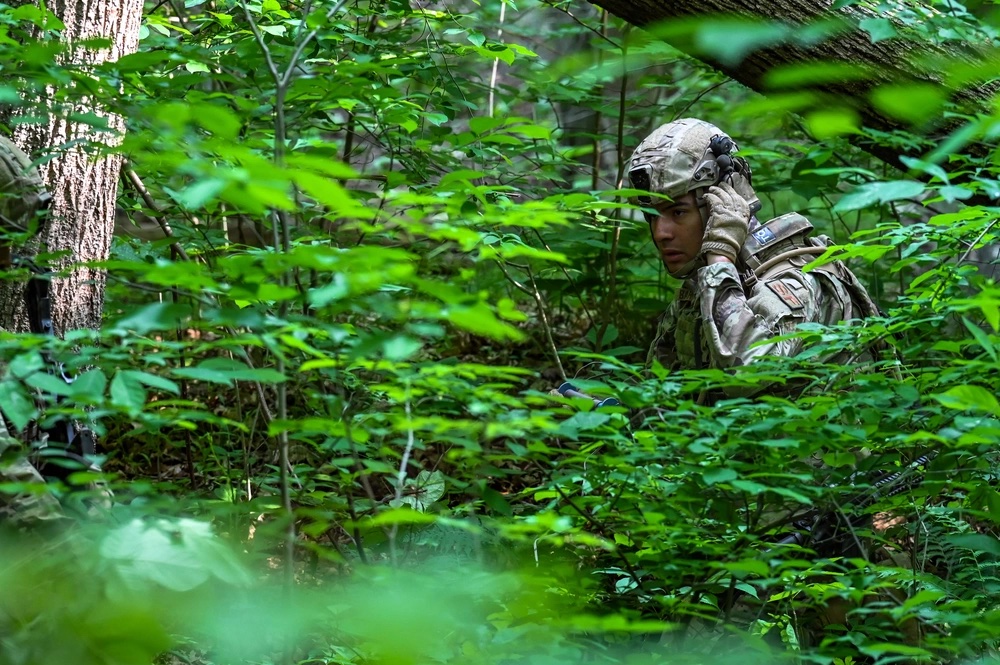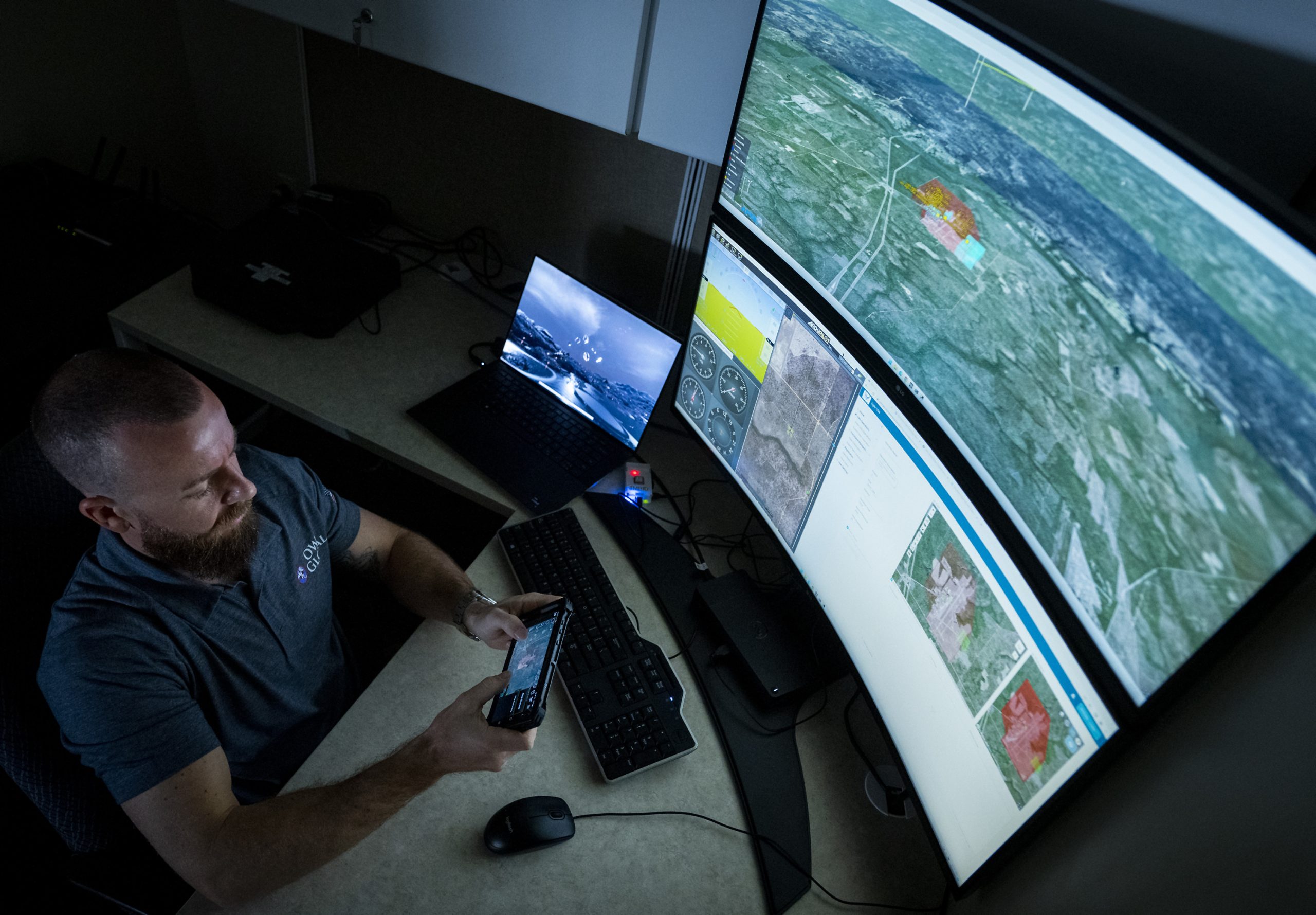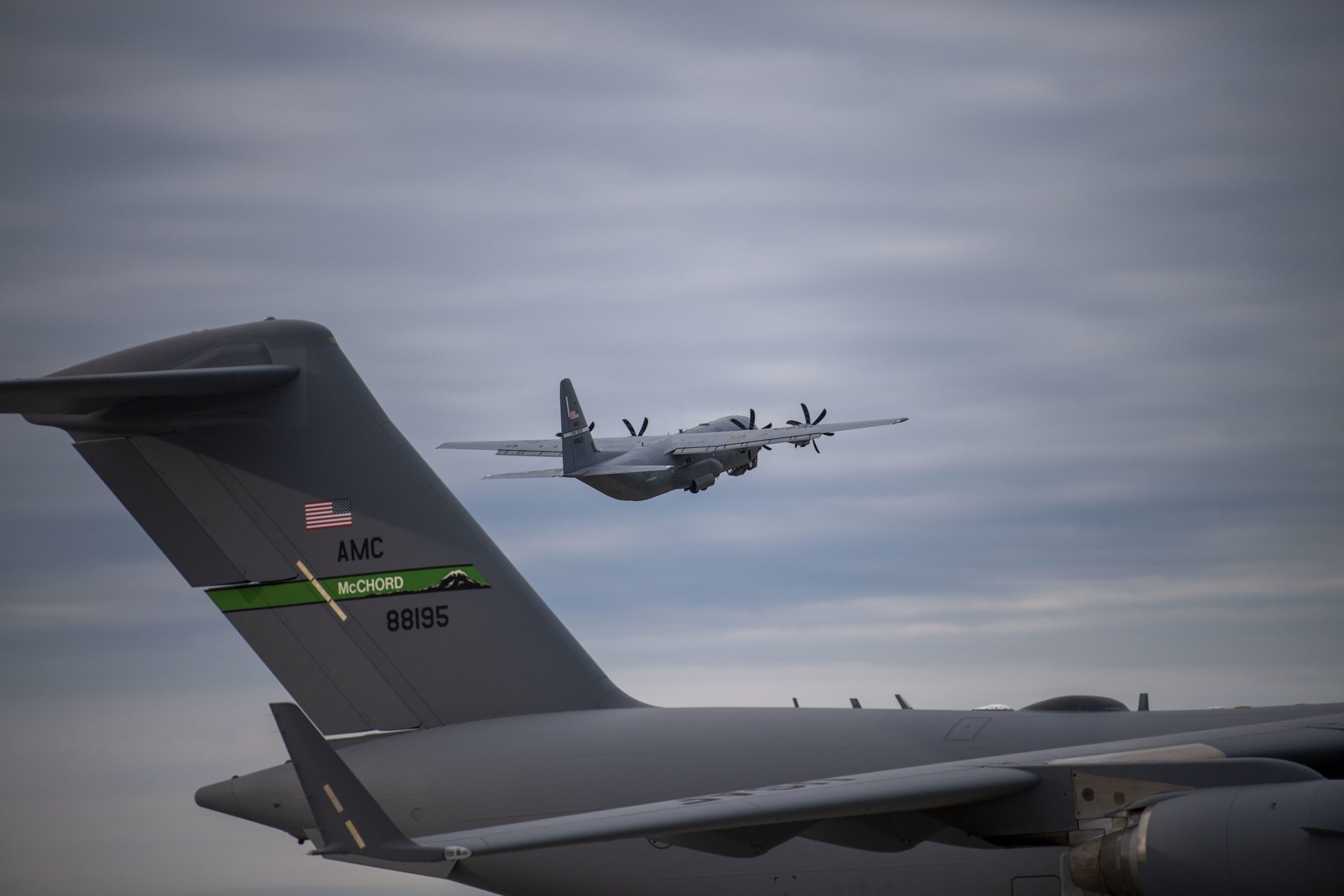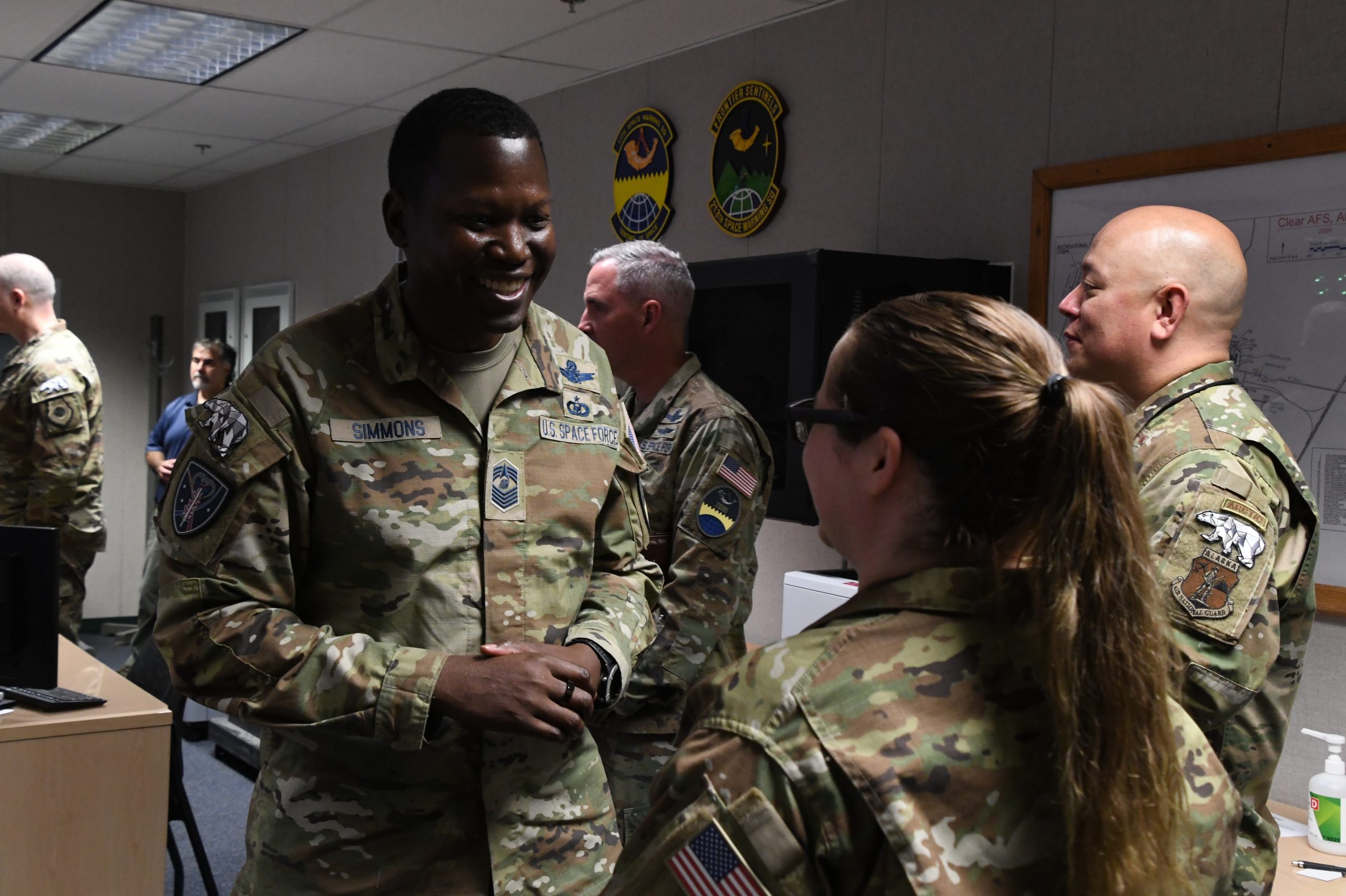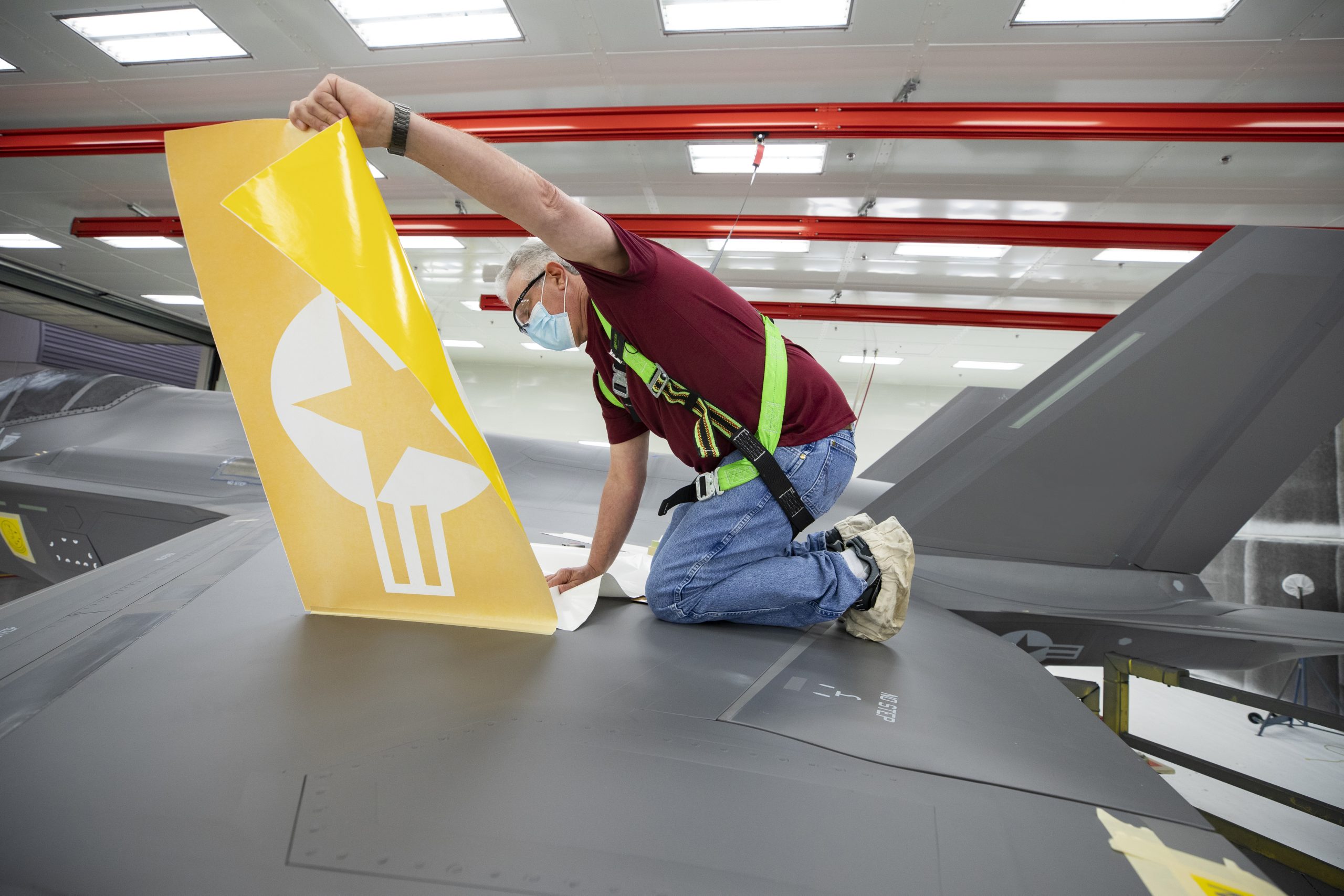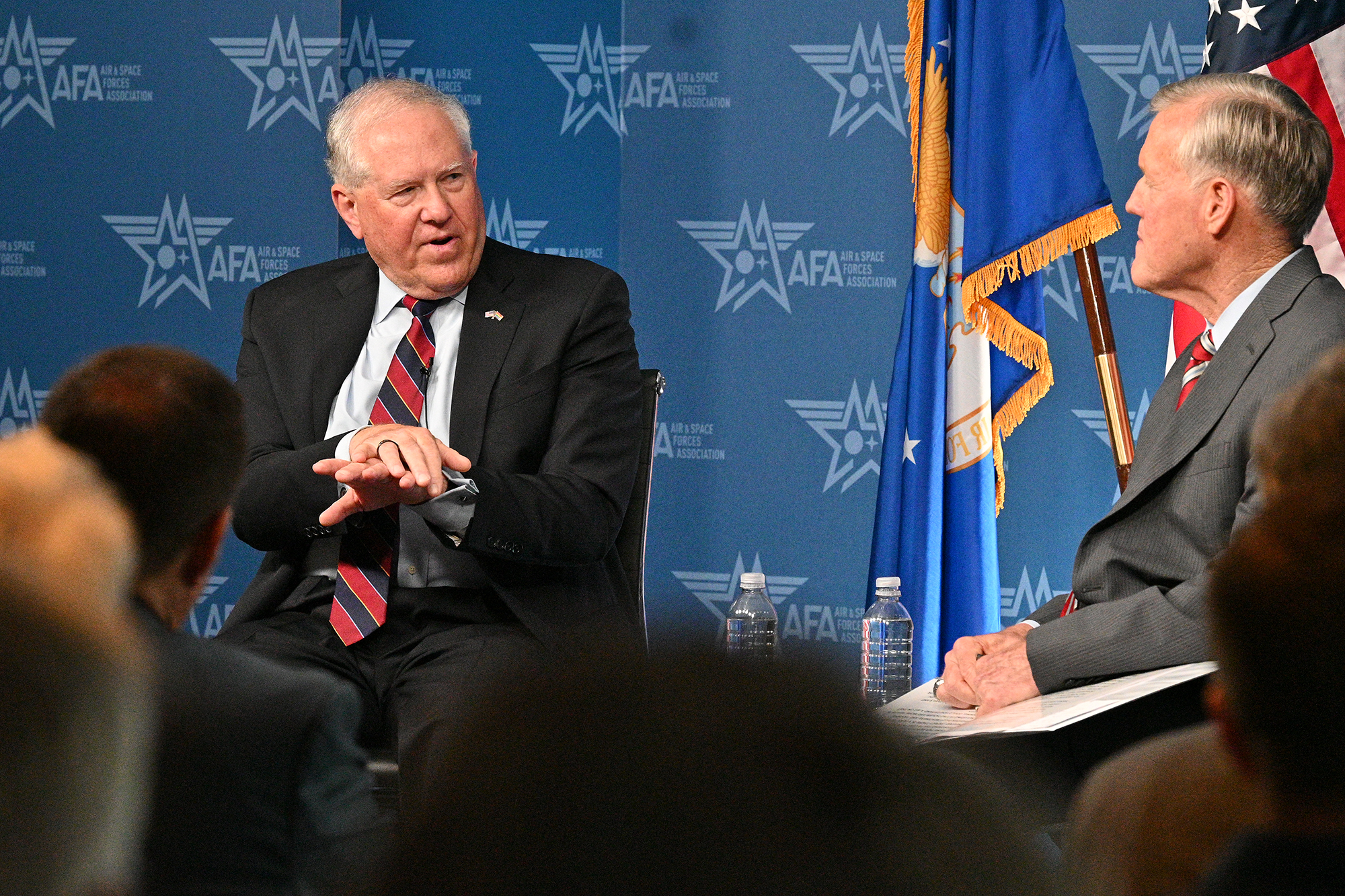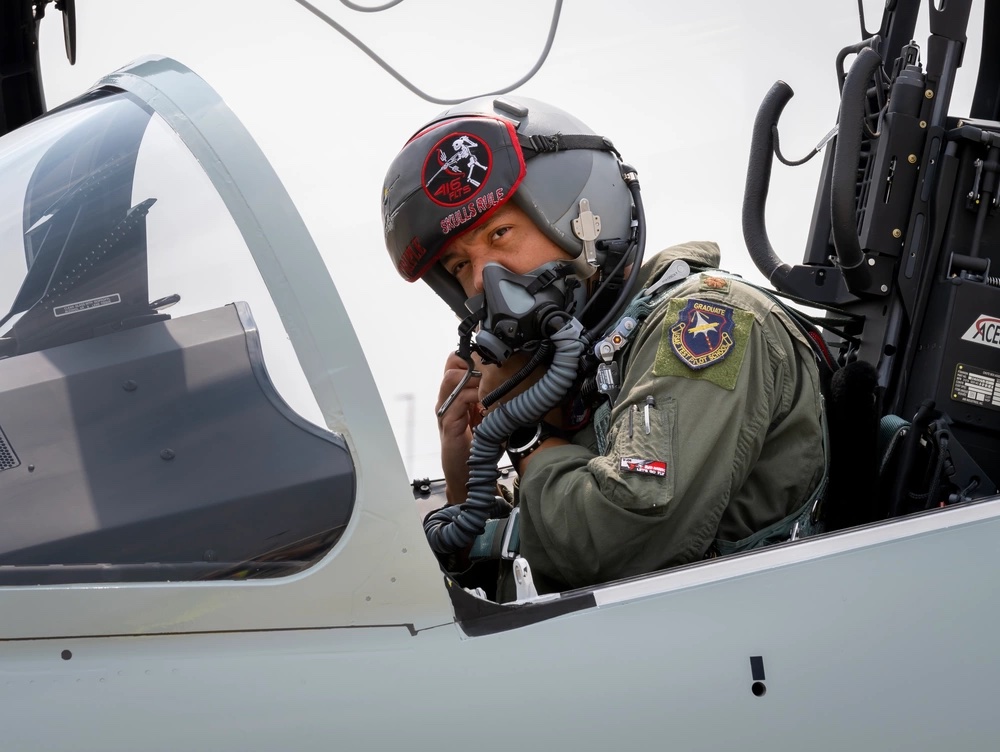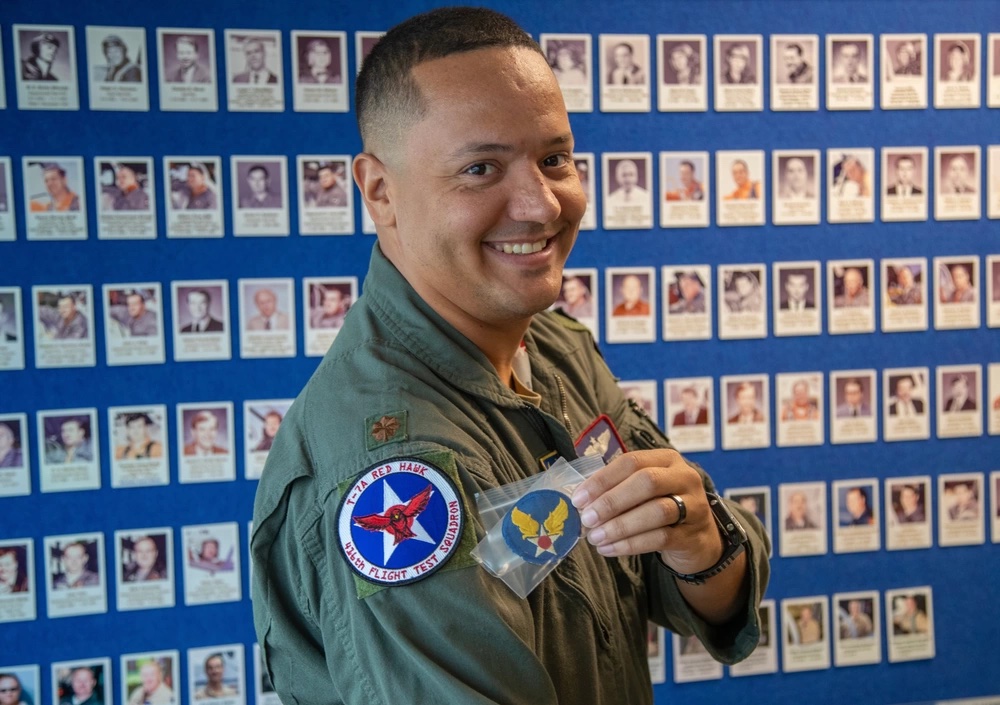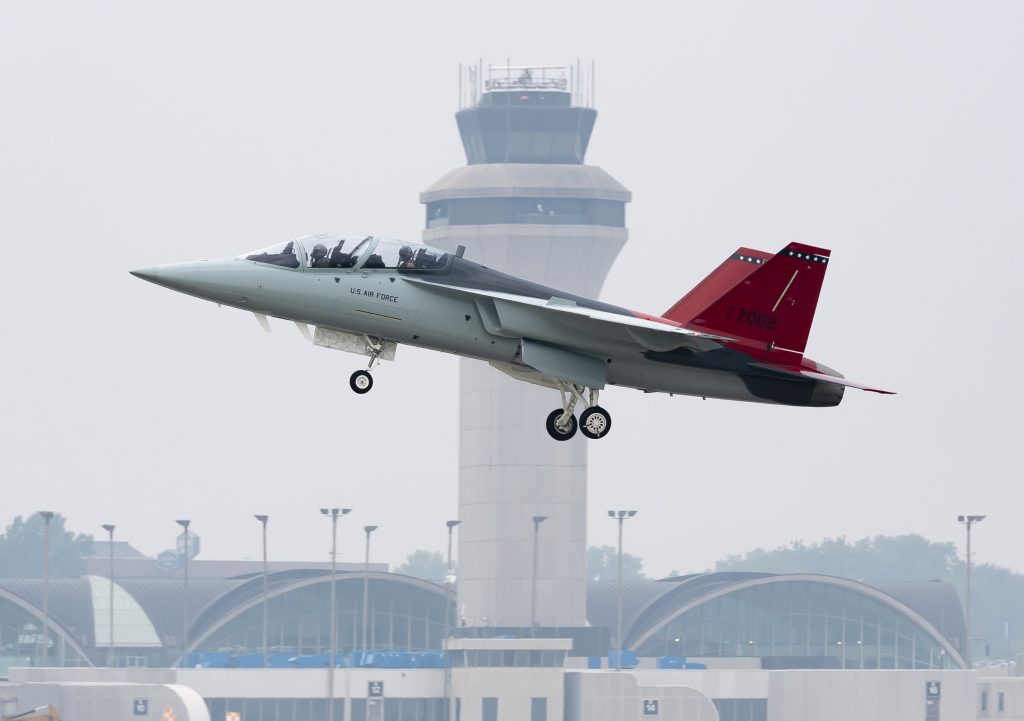The Pentagon is moving to block Chinese and Russian organizations from obtaining U.S. technology secrets through academia, according to a Department of Defense memo made public on June 30.
The memo, signed by Heidi Shyu, undersecretary of defense for research and engineering, lists more than 80 Chinese and Russian academic, scientific, engineering, or cultural institutions that have engaged in “problematic activity” geared at improperly gaining access to classified U.S. research or influencing teaching staff or students. The memo is a response to the 2019 National Defense Authorization Act, which sought a Pentagon response to foreign intelligence exploitation of U.S. academic institutions.
The memo requires a review of new research contracts and prohibits Pentagon money going to projects that involve one of the blacklisted entities, based on their previous track record in harvesting U.S. technology secrets, or simply having suspect relationships with Chinese and Russian intelligence organizations.
Those on the list have “been confirmed as engaging in problematic activity as described in Section 1286 of the Fiscal Year 2019 National Defense Authorization Act, as amended,” the Pentagon said. “These include practices and behaviors that increase the likelihood that DOD-funded research and development efforts will be misappropriated to the detriment of national or economic security or be subject to violations of research integrity or foreign government interference.”
The listing of “these foreign entities underscores our commitment to ensuring the responsible use of federal research funding and safeguarding our critical technologies from exploitation or compromise,” said Shyu in releasing the memo.
The goal of the memo and policy is three-fold, Shyu said:
- To ensure the security of DOD-funded fundamental research
- To ensure that participants in sensitive research “fully disclose information that can reveal potential conflicts of interest and conflicts of commitment”
- To provide “clear messaging” to those doing fundamental research about what constitutes “acceptable and encouraged behaviors” as well as activities “that may lead to challenges in securing DOD research funding.”
Along with the suspect “foreign entities” list, the Pentagon posted a “Policy for Risk-Based Security Reviews of Fundamental Research,” which now requires that any basic research funded by the Defense Department “go through a review for potential conflicts of interest and conflicts of commitment rising from foreign influence.” The policy includes a template for DOD program managers to follow in awarding contracts for research, to help them spot “signs of potential foreign influence and appropriately mitigate risk.”
The Pentagon “encourages academic institutions, industry partners, and the public to review the list and exercise caution when engaging with entities listed,” Shyu said.
China and Russia have both engaged in long-term cyber espionage, stealing technology secrets from U.S. companies, and the new effort is aimed at thwarting similar efforts through colleges and universities.
Not all of the targeted institutions are focused solely on direct espionage. One, the “Confucius Institutes,” awards scholarships to students in a variety of academic fields and offers free Chinese language lessons, along with free trips to China to students with desirable knowledge. The Heritage Foundation described the Confucius Institute as a “Trojan Horse,” seeking to convince American students and professors that China is a benign actor and a potentially constructive partner in research, when actually, Heritage said, it is part of a “soft power” campaign to encourage research organizations to share sensitive knowledge with China.
The Confucius Institute has satellite locations on scores of U.S. university campuses, but the new guidelines say that from 2024 forward, no American college or university with a Confucius Institute presence can receive Pentagon research money without a detailed waiver.
Other organizations on the list have lent or granted money to research organizations and universities, in exchange for access to the results of defense-oriented research.
The Government Accountability Office identified the practices of these suspect entities in a 2020 report and urged the Pentagon to put policies in place that would protect U.S. research and researchers from hostile entities posing as scientific benefactors.
Shyu and her recent predecessors have pushed for greater Pentagon-academic partnerships to address technology challenges that could have commercial benefit to the U.S. economy, as well as military-only challenges that could make headway with funding or resources supplied by the DOD. Hypersonics testing capabilities are among those the Pentagon is setting up at academic institutions.
The FBI has reported an uptick in recent years of Chinese and Russian research organizations attempting to recruit agents in the scientific community, or inducing them to sell or share their work, or research to which they have access.

